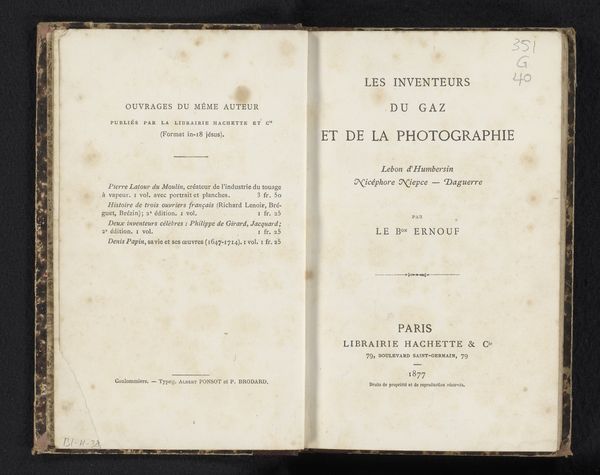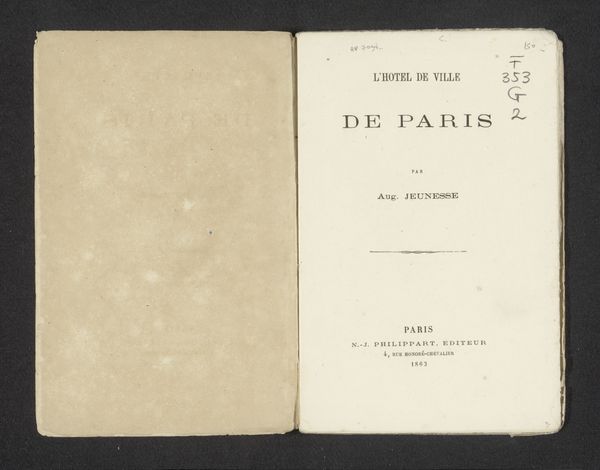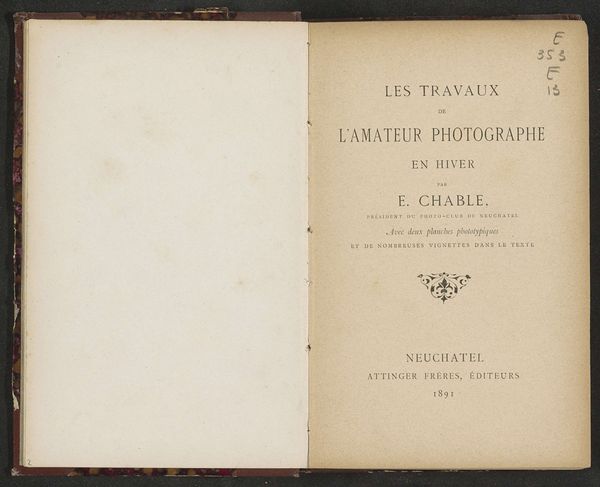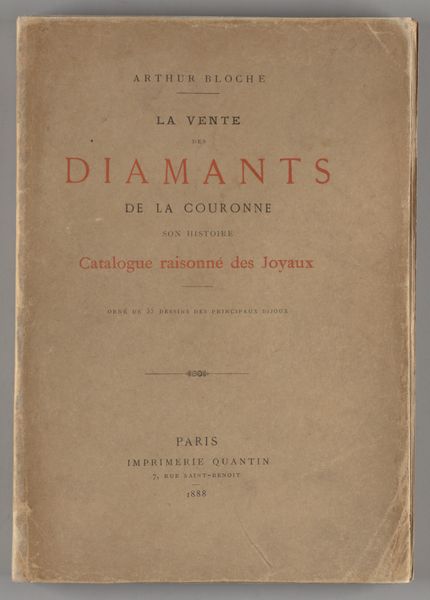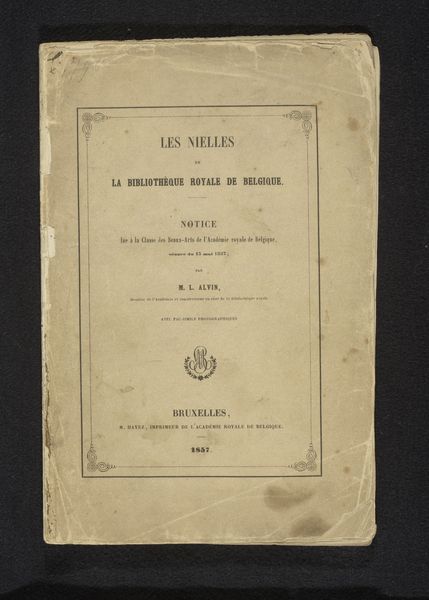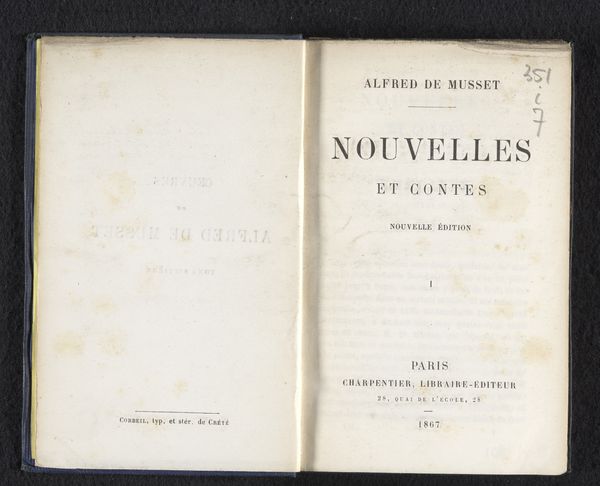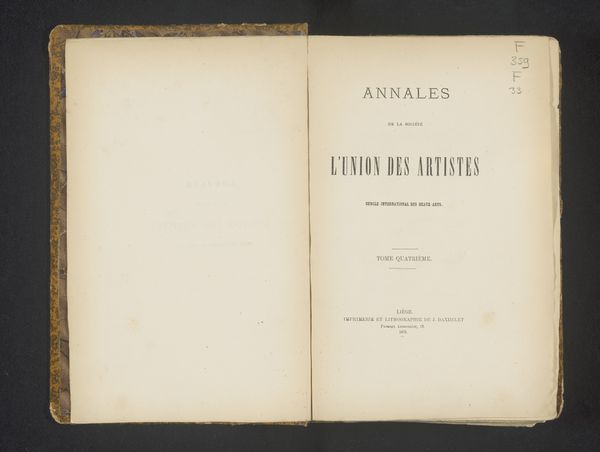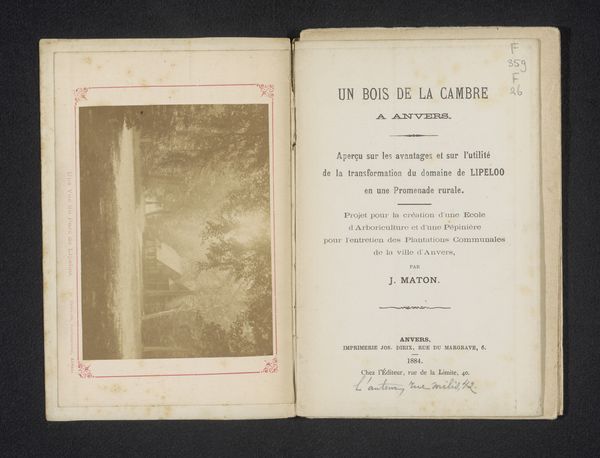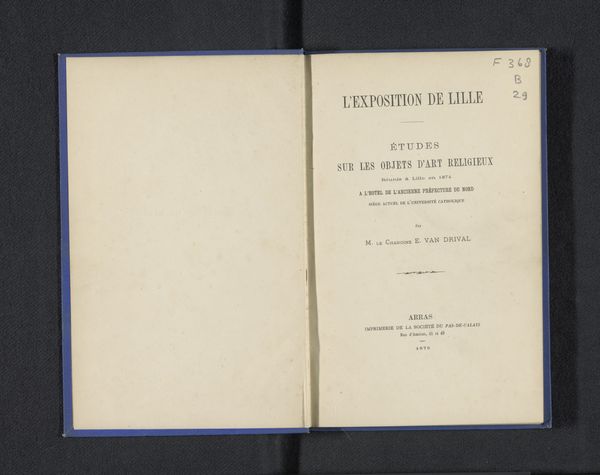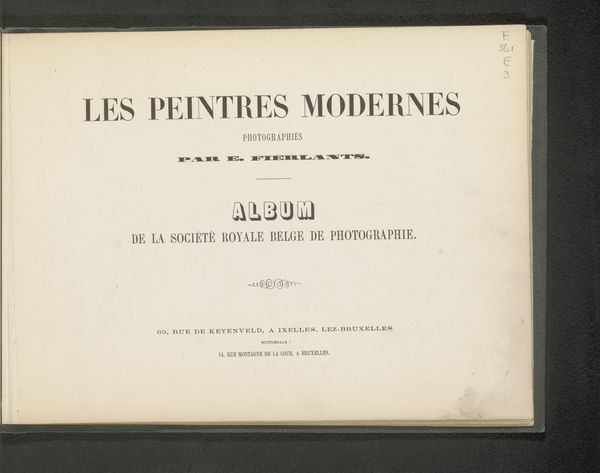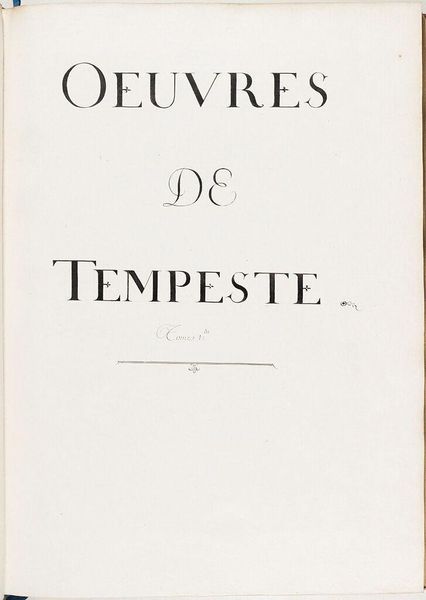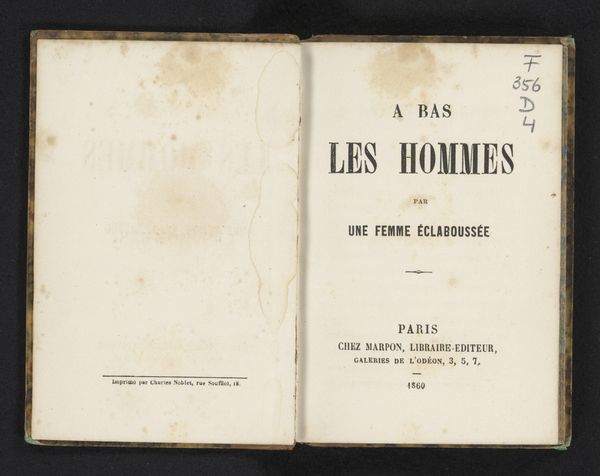
print, textile, typography
#
aged paper
#
homemade paper
# print
#
typeface
#
book
#
textile
#
personal sketchbook
#
typography
#
journal
#
fading type
#
stylized text
#
thick font
#
genre-painting
#
handwritten font
#
historical font
Dimensions: height 220 mm, width 140 mm, thickness 15 mm
Copyright: Rijks Museum: Open Domain
Curator: Well, isn't this intriguing? Before us we have a peek into the past—"Leçons Cliniques sur les Teignes," from 1878. Published in Paris, this text is by D. C. Lailler, a physician at the Hôpital Saint-Louis. It promises clinical lessons on… ringworm! Editor: My first thought is, “Wow, so *this* is what a medical textbook looked like back then?" It feels incredibly… intimate? Looking at the title page with its varied typography is kind of charming. Curator: Intimate is a perfect word. It reminds us of a time before everything became so digital and sterile. Ringworm might seem a quaint topic now, but this book reflects very real social concerns around hygiene, health, and class in late 19th-century France. The fact that the text originates from a hospital underscores that public health component, doesn’t it? Editor: Absolutely. And think about who was most vulnerable to ringworm—often children in overcrowded, unsanitary conditions. This book, then, unintentionally speaks volumes about social inequalities and how disease disproportionately affects marginalized communities. What strikes me is that in an age of germ theory being new, it would be scary stuff! The way it's laid out is simple and neat—almost comforting despite the unsettling nature of what it’s presenting. Curator: Exactly! The formal typography contrasts starkly with the distressing topic at hand, and while it feels dated, there's also a sense of care—even beauty—in its design. The book's structure tells a story; that clean cover, and neat typography—I can almost smell the paper and the binding glue, can’t you? It transports you to a very particular time. Editor: I find myself reflecting on the role of the illustrated medical textbook—like this—as a vehicle of knowledge, power, and even control. It reminds me that even the most objective-seeming texts are embedded with cultural biases. So it offers an exciting portal into understanding historical attitudes toward disease and the body. This text speaks! Curator: Well said! It goes to show that even seemingly simple artifacts can reveal rich tapestries of information when we engage with them thoughtfully. Editor: It truly encourages us to reconsider how much more there is behind something presented to us at face value.
Comments
No comments
Be the first to comment and join the conversation on the ultimate creative platform.
